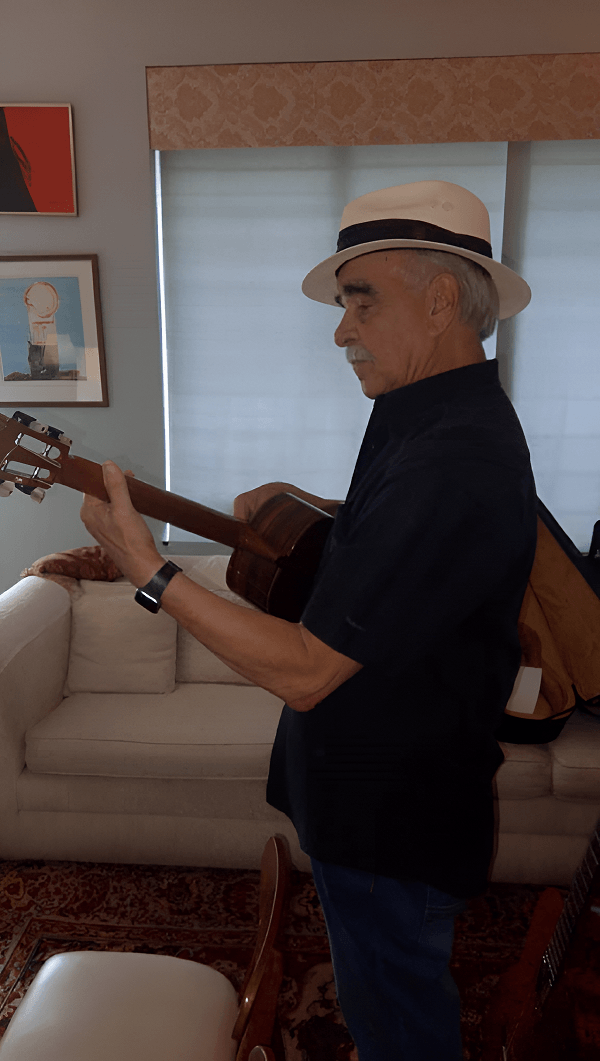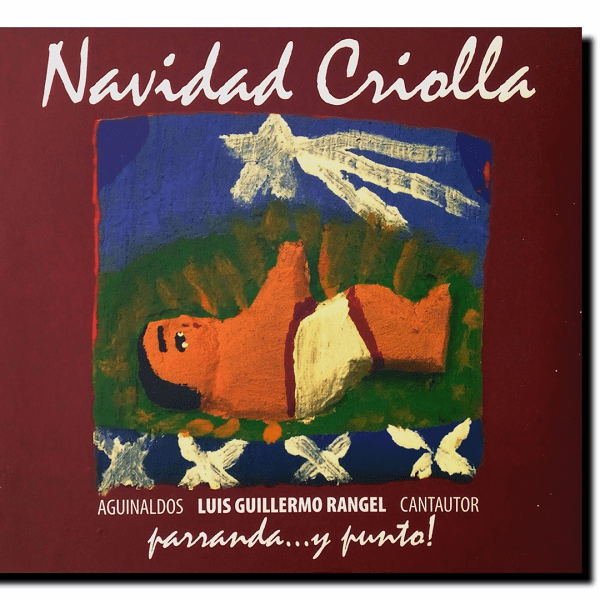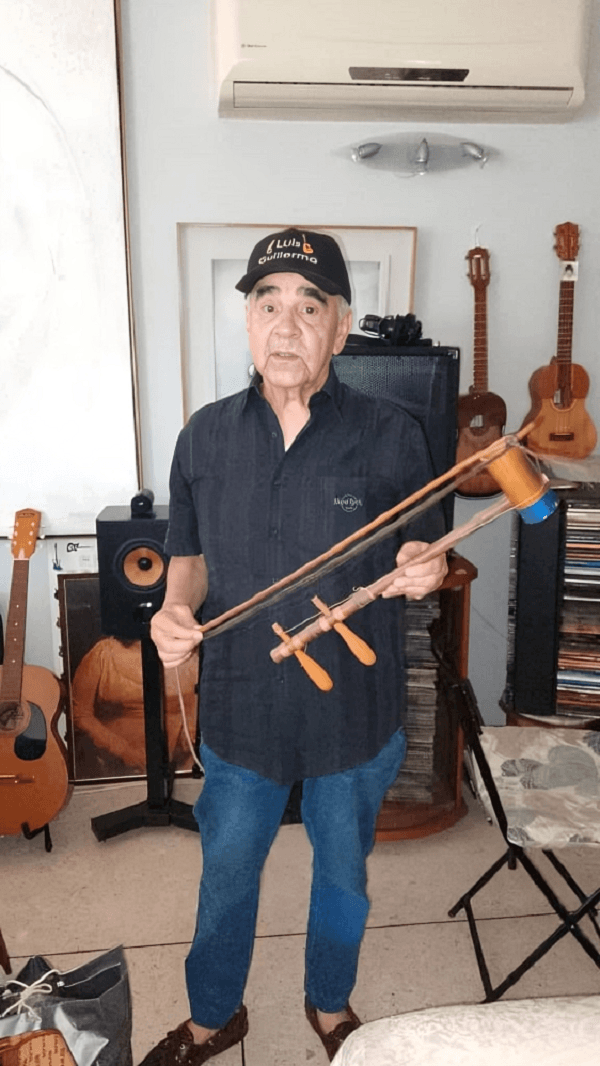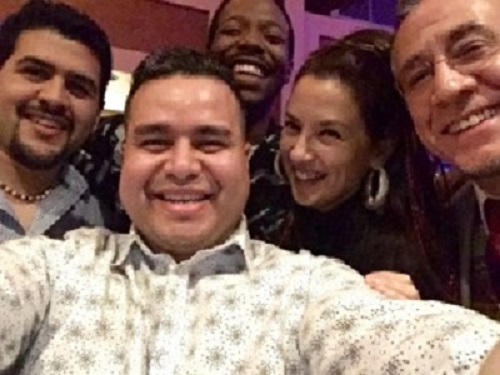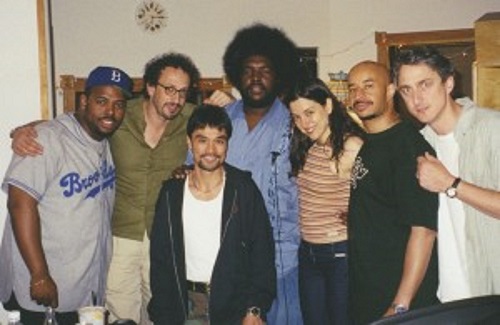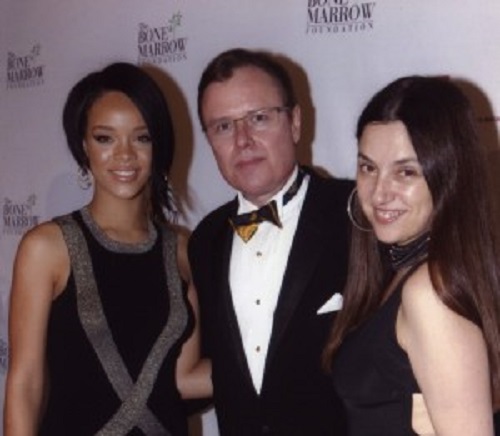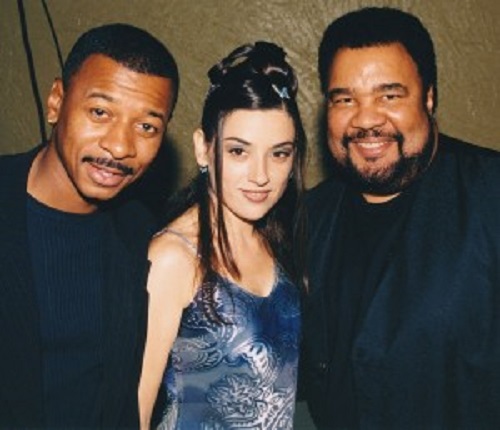Latin America / Venezuela / Caracas

Did you know that tropical music arises from the region surrounding the Caribbean Sea and the Antillean region of the American continent, where there is a mixture of rhythms from the African continent, fused with folklore and rhythms from the different American countries?
In this edition we can say that many music and dance lovers tend to choose Salsa and/or Tropical music, since they are musical genres that people enjoy as a couple or in a group, whether at an event, party or festival. giving it essence, life and sharing among all the members, for this reason there are many singers and members of orchestras that specialize in these genres, today we have as a special guest the Oeste 11 Orchestra from Caracas, Venezuela.

It was made up of young musicians belonging to the Venezuelan Orchestral Movement, among them the Venezuelan percussionist Alejandro Alfonzo who baptized it in 2007 with the name “Oeste 11” for all the musical experiences they shared since childhood, because most of their members were formed together in said parish.
It is currently made up of 13 musicians, who specialize in the musical genre “Salsa”, giving life to 2 discographies, the first entitled “AL NATURAL” that came out in 2015, consists of 8 unreleased songs and a cover. “With his songs I lie, Al natural, I forgot about you, Forget you, Medicine, You made fun of me, I have decided to forget you, My sweet friend and Dancing”


And for this month of May their second discography “Amor y gusto” will be available, which will be composed of 11 unreleased songs, and to give a preview of the new album they already presented us this March 31 their first single (theme), titled “ I want you to feel Mine”, which is accompanied by a music video that you can enjoy on her YouTube page https://www.youtube.com/watch?v=EpleKvxCg9Y.
And over the years they had the opportunity to share on stage with several well-known artists and/or groups, such as the Latin Dimension, Rafael el Pollo Brito, Proyecto A, Los Satélites, Magia Caribeña, Grupo Mango, and other national artists. of different musical genres.

Among their achievements, they mention that in the National Festival of Salsa Orchestras Dile no a la Payola de PDVSA la Estancia were the winners in 2014, they were also selected to honor the Sonora Ponceña for her 60 years of artistic career and were in the Festival Sounds Caracas.
If you want to listen to their discographies “Al Natural” and “I want you to feel mine”, they are available worldwide on the platforms Amazon, Itunes, Spotify, Tidal, Google Music, among others.
For more information:
- E-mail: [email protected]
- Facebook: https://www.facebook.com/Oeste11/
- Twitter: https://twitter.com/oeste11?lang=es
- Instagram: https://www.instagram.com/oeste11/?hl=es-la
- YouTube: https://www.youtube.com/channel/UCR-wi3ybnoTbLH9C3-8keMA
- Phones: +584242251360 / +584265161630 del manager Alejandro Alfonzo










